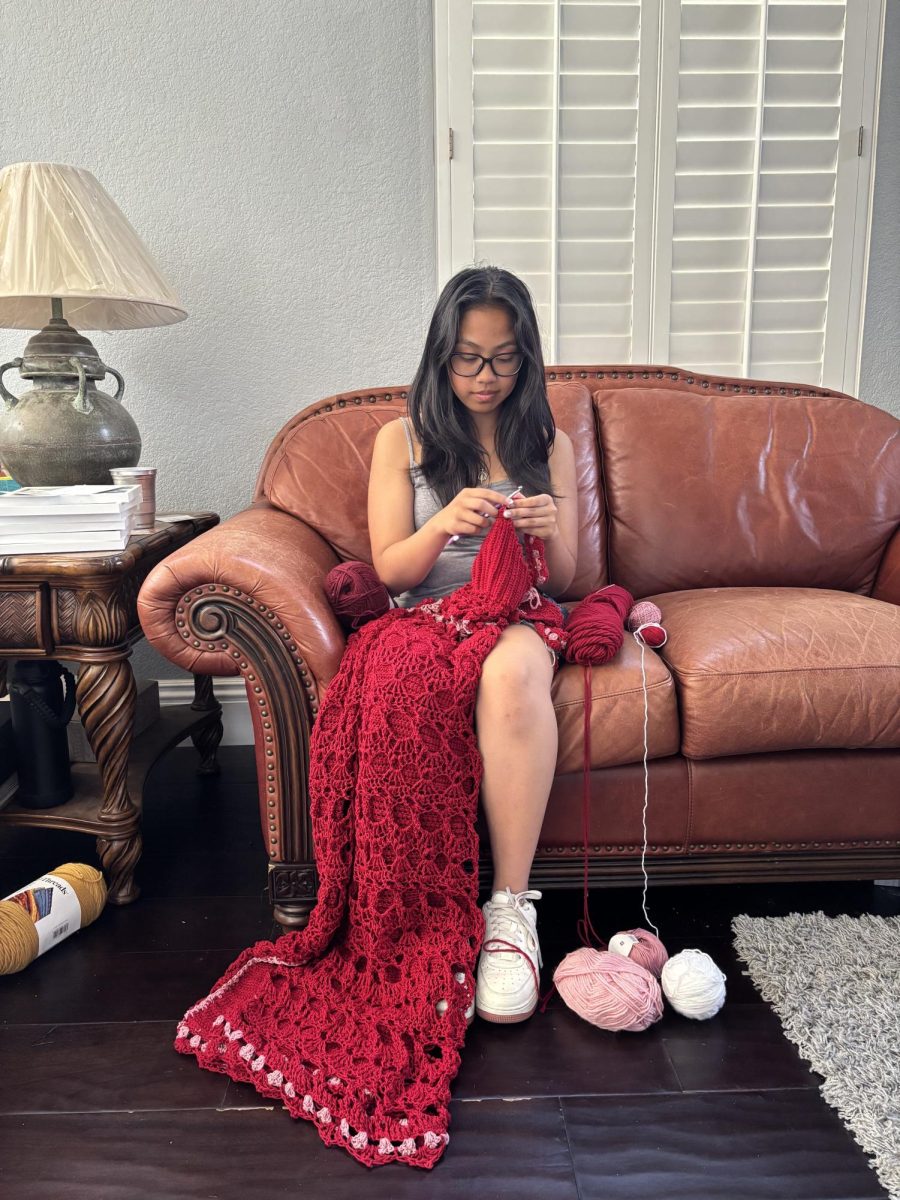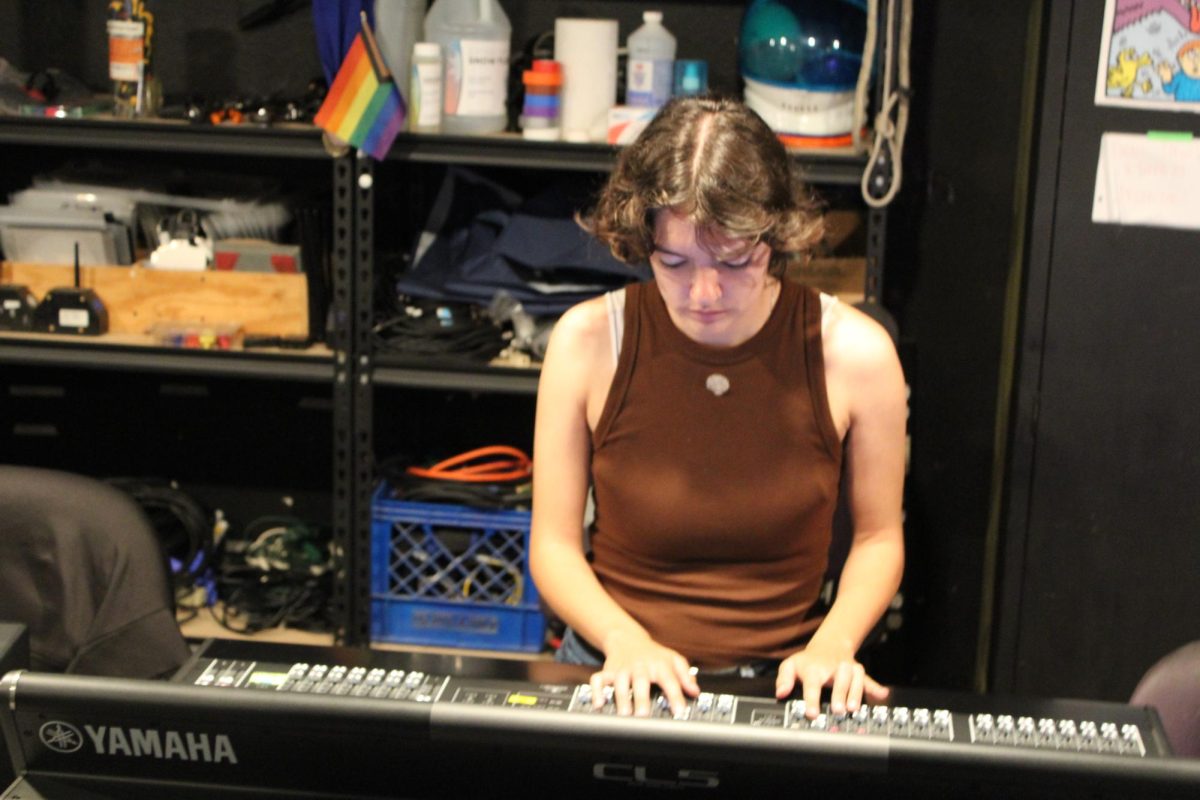
Leanne Fan (10) walked up from a sea of 1,800 scientists from around the world onto the stage of the world’s largest science fair to receive NASA’s First Award, a sponsored award for $3,000, May 16. Just one day later, her name was called again, this time for the Second Award in the Translational Medical Science category. For her project, she created a cheap and reliable solution for wound healing in long-term space travel.
Fan got the idea for her project when she went to the Aspen Ideas Health Festival in June, where she met a space medicine researcher who talked about the dangers and limitations of space travel.
“One thing I learned, which was really crazy, was that wounds don’t heal in space,” Fan said. “On Earth, if you get a scratch, it’s going to heal, and you don’t have to worry about it. But in space, the wound won’t heal and it greatly increases the risk of infection.”
Leanne first presented this project at the Greater San Diego Science and Engineering Fair, of which six students qualified to the International Science and Engineering Fair (ISEF). Out of the millions of high-schoolers from 80 countries who competed in smaller ISEF affiliated science fairs in hopes of making it to ISEF, only 1,800 of them made it. Scientists are grouped into 22 different categories based on their projects.
“I was really excited to get this award because I’ve been working hard on my project for such a long time and I went through so many challenges,” Fan said. “The people in my category are the top 100 people in the entire world doing Translational Medical Science research as high schoolers, so I didn’t think I had a chance, but I somehow got it.”
Fan’s research involved using photobiomodulation, or low levels of red and infrared light, to increase the rate of wound healing and tissue regeneration. To simulate the microgravity environment in space, she built a 3D clinostat that was 200 times cheaper than the commercial version used by NASA. Since she couldn’t test photobiomodulation on humans, she had to find new test subjects: planarians. These tiny worms were perfect for the job because they could grow back a body part in just two weeks.
One part of the work for Fan’s project consisted of decapitating these planarians under a microscope, imaging them, and measuring their head regeneration over time.
After testing photobiomodulation on planarians, Fan also tested it on human cells, where she measured cell migration, an integral part of wound healing. Fan found that photobiomodulation was able to increase the rate of planarian tissue generation by 95% in a simulated microgravity environment, and accelerate cell migration by 29% in human cells.
To prepare for the project, Fan practiced presenting her project over and over to make sure she could answer any questions the judges might throw at her. During the fair, judges who were usually experts in the field interviewed students about their projects and tested their knowledge in the field.
“They want to get to know more about your project, but also test you on your knowledge,” Fan said. “Beforehand, you just want to prepare as much as possible and make sure you know everything relating to your project and beyond.”
Fan’s goal for her project is to eventually be able to help astronauts in the International Space Station.
“If humans ever have the ability to explore the nearest solar system, Alpha Centauri, I hope that my project can help with that,” Fan said. “I want to continue researching wound healing in space. In the future, I hope I get to collaborate with NASA. I want to get my research on the International Space Station and eventually conduct tests there as well.”
Although Fan doesn’t want to become an astronaut herself, she wants to help with the exploration of space.
“There are infinite possibilities of what we can explore and reach,” she said. “Earth is like one little tiny atom in this whole beach of sand grains. Space research is important because if you don’t start now, then we’re never going to get there.”
Fan said that she enjoyed getting to meet people from around the world and making friends.
“One of the best things about science fairs are the people you meet, which is really amazing because in ISEF especially, you’re meeting the top 1,800 student researchers in the world,” Fan said. “Everyone is really passionate, hard-working, and talented. There’s just so much you can learn from everyone there. It’s nice to meet people who are passionate about science just like you are.”



